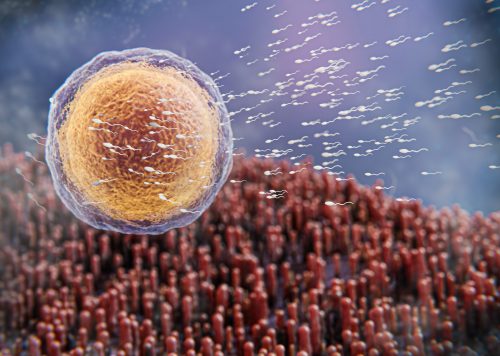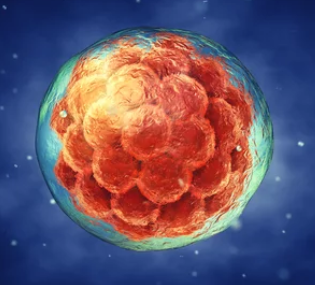When an egg (ovum) is fertilized by sperm, whether in fallopian tube or petri dish, it forms a zygote (fertilized ovum). Zygote is a prime stage or beginning of a human life. It contains a single cell with two pronuclei (Genetic Inheritance) from both parents.

The zygote renamed as embryo when the single cell zygote cleaves in to two for first time, about 24 hours after fertilization. Embryonic development begins when the single cells zygote begins to divide and end when it reaches stage of blastocyst (Day 5 Embryo).
An embryo begins its growth as a single cell and divides itself daily. By Day 3, it typically grows into 6-10 cells. Over the next 2-3 days, the embryos should continue to divide and become a blastocyst by the end of 5-6 day after fertilization.

Day 4: When embryo goes into the process of compaction, the cells within the embryo are tightly bound together and then organised itself into a form a sphere. When this process is completed, it is called “Morula” (In Latin A.K.A Mulberry).
Day 5/6 after fertilization, the embryo, which is referred as a blastocyst now, are no longer dividing. Blastocyst consists about 200- 300 cells. The cells within the blastocyst differentiate into 2 groups. The cells in the centre of the blastocyst is called the inner cell mass and will give rise to the foetus after implantation. The single layer of cells at the edge of the blastocyst forms the trophectoderm, and it will give rise to the placenta.
Blastocyst has a unique large central and fluid-filled cavity (also known as Blastocoele) surrounding the inner cell mass and trophectoderm. The fluid accumulates inside the blastocyst causing it to expand in size further.
Hatching subsequently occur when the blastocyst protective layer membrane breaks down (A.K.A shell or Zona Pellucida). Once the Blastocyst hatched, they are ready for implantation inside the inner lining of the womb.

